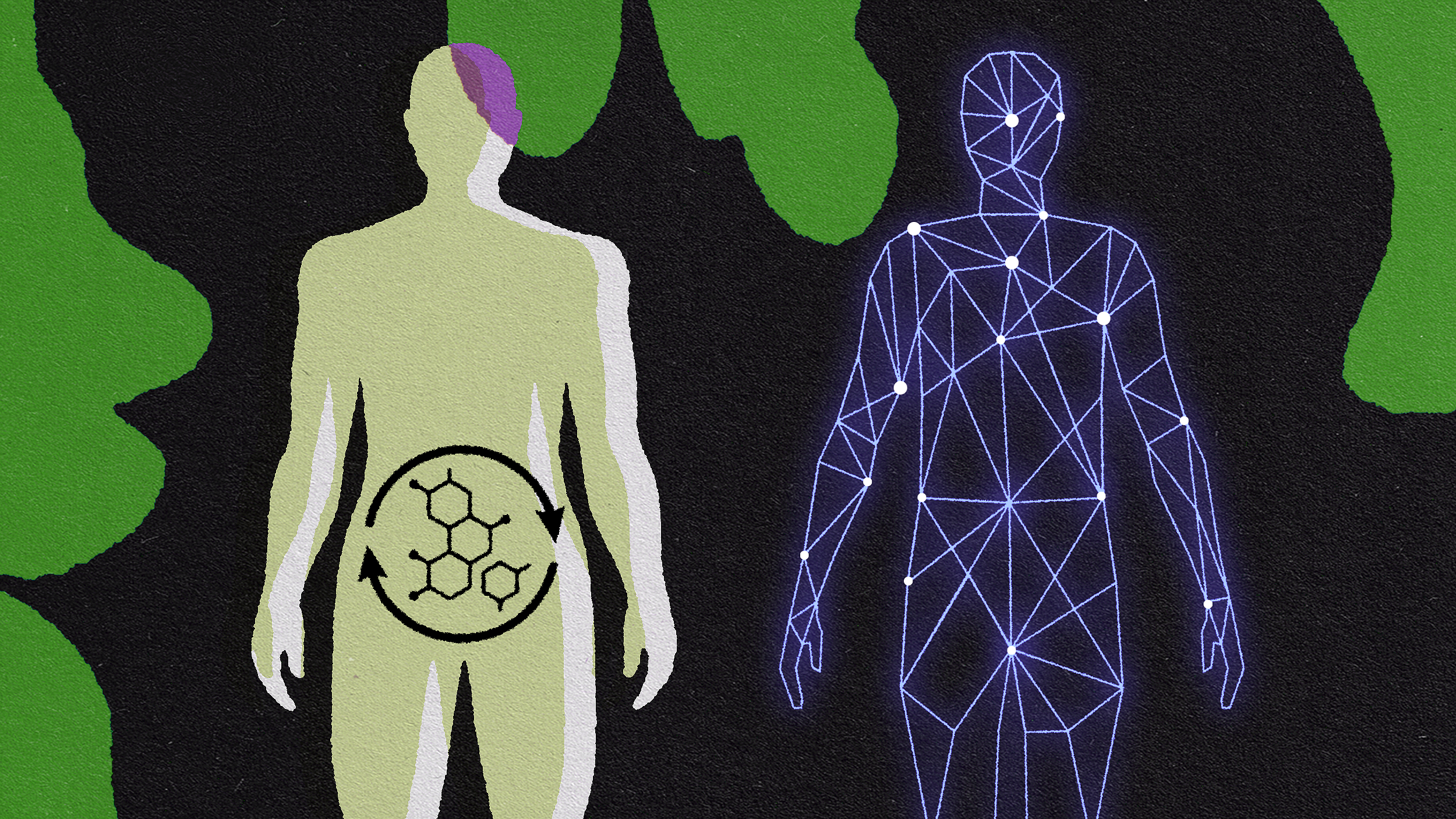Capsaicin, the chemical in spicy peppers, used to boost solar cell performance

Credit: Pixabay
- Perovskite solar cells are an emerging type of solar technology that’s more efficient than current photovoltaic technologies, but hasn’t yet been adopted due to problems related to cost and stability.
- In a recent study, scientists treated perovskite solar cells with small amounts of capsaicin, finding that the compound improved both stability and efficiency.
- In 2022, a British startup plans to bring perovskite solar cells to market for the first time.
A new study shows that treating perovskite solar cells with capsaicin—the organic compound that makes chili peppers spicy—makes them more efficient.
The study, published in the journal Joule, may help to advance the viability of perovskite solar cells, an emerging type of solar technology that’s not yet widely used, but promises to be more efficient and scalable than current photovoltaic technologies.
In the study, a team of scientists from China and Sweden added small amounts of capsaicin (1 percent by weight) to the chemical precursor used to make perovskite solar cells. The team then measured how efficiently the capsaicin-treated cells converted ultraviolet and visible light into electricity, as compared to untreated perovskite solar cells.
The results showed that the treated cells were 21.88 percent efficient, compared to the untreated cells rating of 19.1 percent. The treated cells were also more stable, showing 90 percent of their initial efficiency after 800 hours of storage in ambient air. That’s significant, considering one of the main things preventing perovskite solar cells from becoming economically viable is their tendency to degrade relatively quickly in the environment.
The team needs to conduct more research to determine exactly why capsaicin boosts the efficacy and stability of perovskite solar cells, but they hypothesized that the compound increases the density of electrons on the perovskite film due to the way it interacts with lead ions in the solar cell.
Biomaterials like capsaicin could someday make perovskite solar cells economically viable, but the techniques still need to be improved.
“In the future, green and sustainable forest-based biomaterial additive technology will be a clear trend in non-toxic lead-free perovskite materials,” Qinye Bao, a senior author of the study from East China Normal University, said in a statement. “We hope this will eventually yield a fully green perovskite solar cell for a clean energy source.”
The recent study isn’t the first time scientists have used biomaterials to boost the performance of perovskite solar cells: Caffeine and the protein bacteriorhodopsin (bR) have also shown benefits. The main appeal of biomaterials is that they’re abundant in the environment, so they’re relatively cheap and easy to obtain compared to synthetic materials.
Since perovskite absorbers were first used in solar cells in 2006, efficiency rates have climbed from just 3 percent to over 25 percent. Research also suggests that pairing perovskite solar cells with silicon could boost efficiency levels to nearly 30 percent.
Joe Berry, a senior scientist at the U.S. National Renewable Energy Laboratory, said:
“The potential impact for perovskite solar cells is basically transformational,” he said, adding that the long term goal is to cut manufacturing costs and make them ubiquitous. “That is to say, you can put them everywhere. You can literally paint them on the side of a building and everything then become something that can produce electricity and power.”
The Potential for Perovskite Solar Cellsyoutu.be
In 2022, the U.K.-based startup Oxford PV plans to become the first company to bring perovskite solar cells to market (though the cells would also include silicon). If such companies can demonstrate that perovskite solar cells, or hybrid approaches, can produce cheap electricity and won’t break down over years of use, it could nudge industries and utilities to start adopting solar at a quicker pace.





